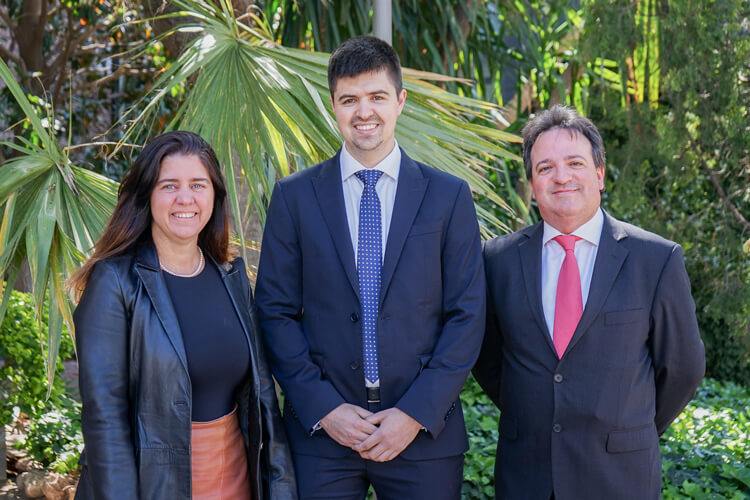Plasmin Inhibitors in Brain Trauma Treatments
Fibrin is a structural protein that is an essential part of the blood clotting process. Fibrin degradation, or fibrinolysis, is a natural process that acts as a control mechanism for haemostasis and helps maintain proper blood flow.
Plasmin is a proteolytic enzyme that is responsible for the degradation of fibrin, which is activated from plasminogen zymogen by tPA, or Tissue Plasminogen Activator. There are situations where the fibrinolysis process may be affected and result in excessive bleeding or other complications. With brain trauma, excessive plasmin activation may occur, correlated with an increase in blood-brain barrier (BBB) permeability.
The inhibition of plasmin, or its activation, is therefore an interesting strategy to minimize damage to the BBB under hyperfibrinolytic conditions. As a result of the collaboration between IQS, the Massachusetts Institute of Technology (MIT), and the company Alxerion Biotech, a new compound – LTI6 – was found that has antiofibrinolytic activity and a potential similar to tranexamic acid (TXA), one of the commercial fibrinolysis inhibitors. The structure of LTI6 combines a piperidine ring, a 1,2,3-triazole, and a 1,3,4-oxadiazolone, and the proposed mechanism of action for this compound involves interaction with one of the lysine binding sites present on the plasminogen.
Following this line of collaborative research, Dr Oriol Bosch recently completed his doctoral thesis, entitled Inhibitors of the plasminogen/plasmin system for the treatment of brain trauma. His thesis was jointly supervised by Dr Mercedes Balcells, professor with the IQS Department of Bioengineering and a researcher at the Institute for Medical Engineering and Science at MIT, and Dr David Sánchez, professor with the Department of Organic and Pharmaceutical Chemistry at the IQS School of Engineering.
This multidisciplinary research has been carried out between the Vascular Engineering and Applied Biomedicine (GEVAB) research group and the Materials Engineering (GEMAT) research group, ranging from the synthesis of molecules, biochemical and biocomputational studies, biomedical analysis, and biological validation tests.
New plasmin inhibitors
The first objective of Dr Bosch’s research was to find new inhibitors of fibrinolysis based on 1,2,3-triazole derivatives as proposals for structural modifications of the precursor LTI-6.
Following different synthesis routes, a total of ten new structures were obtained, from which their activity was studied, both in silico as well as in vitro, following an H2L strategy (Hit to Lead). The substitution of 1,3,4-oxadiazolone by a 1,2,4-oxadiazolone stands out most of all, in which an improvement in the activity of the molecule has been observed due to a greater number of hydrogen bonds.
The in silico studies were carried out in collaboration with Dr Xevi Biarnés and the Biological and Biotechnological Chemistry Group (GQBB) at IQS.
The two compounds exhibiting the greatest antifibrinolytic activity, and potentially the greatest protective effect, were chosen and studied by an in vitro model of the blood-brain barrier (BBB) under hyperfibrinolytic conditions. In conclusion, high concentrations of plasminogen and tPA were found to increase BBB permeability in addition to reducing tight binding protein expression. The presence of the new compounds was shown to have a protective effect on the BBB as they partially decreased damage to it.
The results obtained by Dr Bosch open the door to developing future drugs based on the 1,2,3-triazole derivatives studied, both for use as new antifibrinolytic drugs and also as BBB protective agents in cases of brain trauma.
Related publication
Oriol Bosch, Yvette Rabadá, Xevi Biarnés, Javier Pedreño, Luis Caveda, Mercedes Balcells, Jordi Martorell, David Sánchez, 1,2,3-Triazole Derivatives as Novel Antifibrinolytic Drugs, Int. J. Mol. Sci. 2022, 23(23), 14942
This research has received funding from the MIT-Spain Seed Fund Program, the National R&D&i Plan (ref: SAF2017-84773-C2-1-R), the La Caixa Foundation, and Alxerion Biotech.
RELATED PEOPLE:
RESEARCH GROUP
Materials Engineering
Vascular Engineering and Applied Biomedicine Group
Chemical & Synthetic Biology for Biotherapies
RELATED PROJECTS
HARNESS (Exosomas terapéuticos)





